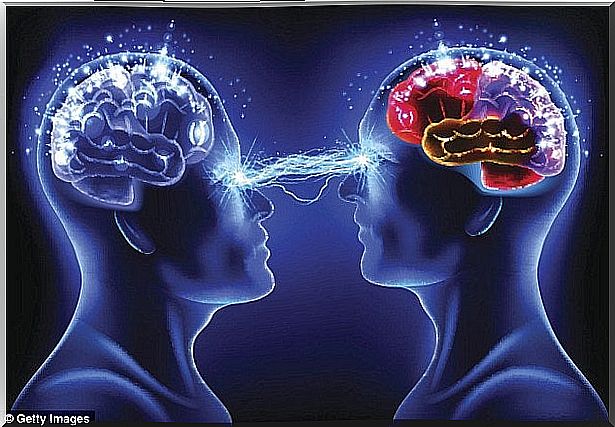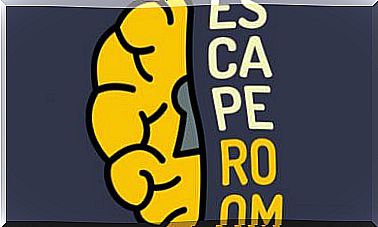Does Telepathy Exist?

It was in the middle of the 20th century that telepathy began to be discussed. Until then, no document or vestige of antiquity makes reference to this phenomenon. However, it should be noted that to this day, science refuses to accept that this type of mental phenomenon exists. At the same time, it should be noted that testimonies about telepathic experiences continue to appear.
Telepathy is defined as the transmission of thought at a distance without the use of any technology that encourages said communication. It is a kind of ” wireless communication “ between two human brains. Thousands of people say they have experienced it, but until now it has never been possible to reproduce this phenomenon in a laboratory.
Scientists have indicated that telepathy, from a physics point of view , is not plausible. There is no section of the brain that can act as a transmitter or receiver of remote communications. Neither does the electromagnetic power of the brain have the capacity to carry information and there is no known means through which it could do so.
In the framework of classical physics, telepathy is impossible. However, in the context of quantum physics things are different. In fact, many recognized physicists have referred to this phenomenon and do not close the doors to the possibility of telepathic communication. Therefore, the subject could not be more interesting …
The experiments on telepathy
Faced with thousands of testimonies from people who claim to have experienced telepathy, some scientists have set out to study the phenomenon. One of the most famous experiments was the one carried out by Karl Zener. Through five playing cards (the famous Zener cards with their circles, stars, squares, etc.) a rigorous statistical follow-up was made to a group of participants.
The results obtained in this experiment did not allow to reach solid conclusions.

On the other hand, researchers Montaque Ullman and Stanley Krippner from the Maimonides Medical Center in Brooklyn (New York) conducted an experiment on telepathic transmission during sleep. The results suggested that in many cases, the image that was in the mind of the sender appeared in the dream of the receiver. However, the study was also not conclusive.
Another famous investigation was the “ganzfeld experiments”. A total of 88 were made, between 1974 and 2004. They yielded a telepathic hit rate of 37%. The results were controversial and new experiments were carried out indicating 34% correctness. In statistics this result is significant, however in practice it raised many doubts, so the research was also abandoned.
Finally, Rupert Sheldrake, a biochemist and physiologist at the University of Cambridge, carried out another telepathic experiment between 2003 and 2004. After making 571 attempts at telepathic communication, with 63 volunteers, he established that the percentage of correct answers was 41%.
The results were published in various scientific spaces such as the journal Nature.
Telepathy and quantum physics
The most controversial aspect is that telepathy contradicts the laws of classical physics and other sciences. The possibility that it exists would imply the rethinking of several axioms that today are considered valid. From the point of view of physics and neurology, it is impossible for a process to take place in the brain without a sensory or internal stimulus that triggers it.

For conventional science, thought is a biochemical process. Consequently, it does not originate if there is no material stimulus. Telepathy is precisely the absence of that material stimulus. Therefore, apparently one reality excludes the other. However, from quantum physics hypotheses have been raised that speak about other forms of interaction in matter.
- Roger Penrose, physicist and mathematician expert in the Theory of Relativity, has postulated the existence of a quantum biophysics of the mind.
- In his thesis he has been accompanied by Stuart Hameroff, an anesthetist from the University of Arizona.
- The Penrose-Hameroff hypotheses open a way to understand telepathy from a scientific point of view. However, rather than conclusions, what has been proposed is a new field of research.
Many people report experiences of telepathic communication. The certain arrogance that exists – and that has always existed – on the part of those who defend current scientific postulates, has prevented giving a boost to research in this regard, beyond the isolated investigations that we have reported.
In this sense, another of the great problems that telepathy drags is that on many occasions it has been used for manipulation and even magic. Now, it will be science that will have to determine if it stays there or, on the contrary, opens a new door to a room full of fascinating questions.









